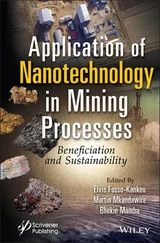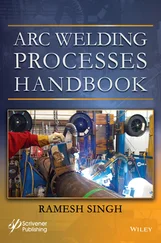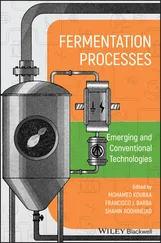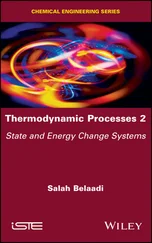Isotopic Constraints on Earth System Processes
Здесь есть возможность читать онлайн «Isotopic Constraints on Earth System Processes» — ознакомительный отрывок электронной книги совершенно бесплатно, а после прочтения отрывка купить полную версию. В некоторых случаях можно слушать аудио, скачать через торрент в формате fb2 и присутствует краткое содержание. Жанр: unrecognised, на английском языке. Описание произведения, (предисловие) а так же отзывы посетителей доступны на портале библиотеки ЛибКат.
- Название:Isotopic Constraints on Earth System Processes
- Автор:
- Жанр:
- Год:неизвестен
- ISBN:нет данных
- Рейтинг книги:4 / 5. Голосов: 1
-
Избранное:Добавить в избранное
- Отзывы:
-
Ваша оценка:
- 80
- 1
- 2
- 3
- 4
- 5
Isotopic Constraints on Earth System Processes: краткое содержание, описание и аннотация
Предлагаем к чтению аннотацию, описание, краткое содержание или предисловие (зависит от того, что написал сам автор книги «Isotopic Constraints on Earth System Processes»). Если вы не нашли необходимую информацию о книге — напишите в комментариях, мы постараемся отыскать её.
Volume highlights include: Isotopic Constraints on Earth System Processes
The American Geophysical Union promotes discovery in Earth and space science for the benefit of humanity. Its publications disseminate scientific knowledge and provide resources for researchers, students, and professionals.
Isotopic Constraints on Earth System Processes — читать онлайн ознакомительный отрывок
Ниже представлен текст книги, разбитый по страницам. Система сохранения места последней прочитанной страницы, позволяет с удобством читать онлайн бесплатно книгу «Isotopic Constraints on Earth System Processes», без необходимости каждый раз заново искать на чём Вы остановились. Поставьте закладку, и сможете в любой момент перейти на страницу, на которой закончили чтение.
Интервал:
Закладка:
Table 3.2 Difference between igneous rocks used to estimate δ 44Ca of BSE and SRM915a standard for various research laboratories.
| Lab Facilities | Method | 44Ca/ 40CaBSE‐SRM915a | 2σ | Source |
|---|---|---|---|---|
| Center for Isotope Geochemistry, University of California at Berkeley | DS‐TIMS | 0.97 | 0.07 | Simon & DePaolo (2010); this work |
| Center for Isotope Cosmochemistry & Geochronology, NASA Johnson Space Center | DS‐TIMS | 0.96 | 0.04 | Simon et al. (2017) |
| Isotope Research Geo‐ and Cosmochemistry Group, Harvard University | DS‐TIMS | 0.97 | 0.04 | Huang et al. (2011) |
| State Key Laboratory of Isotope Geochemistry, Guangzhouz Institute of Geochemistry, Chinese Academy of Sciences | DS‐TIMS | 0.94 | 0.04 | Kang et al. (2017) |
| Institut für Mineralogie, WWU Münster * | DS‐TIMS | 0.91 | 0.03 | Bermingham et al. (2018) |
| IFM‐GEOMAR Leibniz‐Institut fur Meereswissenschaften, Keil, Germany & University of Saskatchewan Isotope Laboratory, Department of Geological Sciences, University of Saskatchewan, Canada | DS‐TIMS | 0.93 | 0.17 | Amini et al. (2009) |
| Institut de Physique du Globe de Paris | MC‐ICP‐MS | 0.90 | 0.08 | Valdes et al. (2014) |
| Institut de Physique du Globe de Paris | MC‐ICP‐MS | 1.00 | 0.10 | Amsellem et al. (2019, 2020) |
| Princeton University ** | MC‐ICP‐MS | 0.99 | 0.14 | Blattler & Higgins (2017) |
| Arizona State University ** | DS‐MC‐ICP‐MS | 0.85 | 0.16 | Ionov et al. (2019) |
| State Key Laboratory of Geological Processes and Mineral Resources, China University of Geosciences, Wuhan ** | MC‐ICP‐MS | 1.03 | 0.14 | Chen et al. (2018, 2019a,b) |
Note: ∆ 44Ca/ 40CaBSE‐SRM915a = δ 44Ca/ 40CaBSE ‐ δ 44Ca/ 40CaSRM915a
MC‐ICP‐MS methods obtain δ 44Ca/ 40Ca by multiplying δ 44Ca/ 42Ca by a scaling factor. If not stated standard errors are estimated by multiplying those reported by 2.049.
*Value estimated by comparison of reported δ 44Ca/ 40Ca of BHVO‐2 to that of Huang et al. (2011).
**Value estimated by comparison of reported δ 44Ca/ 40Ca of SRM915b to that of Simon et al. (2017).
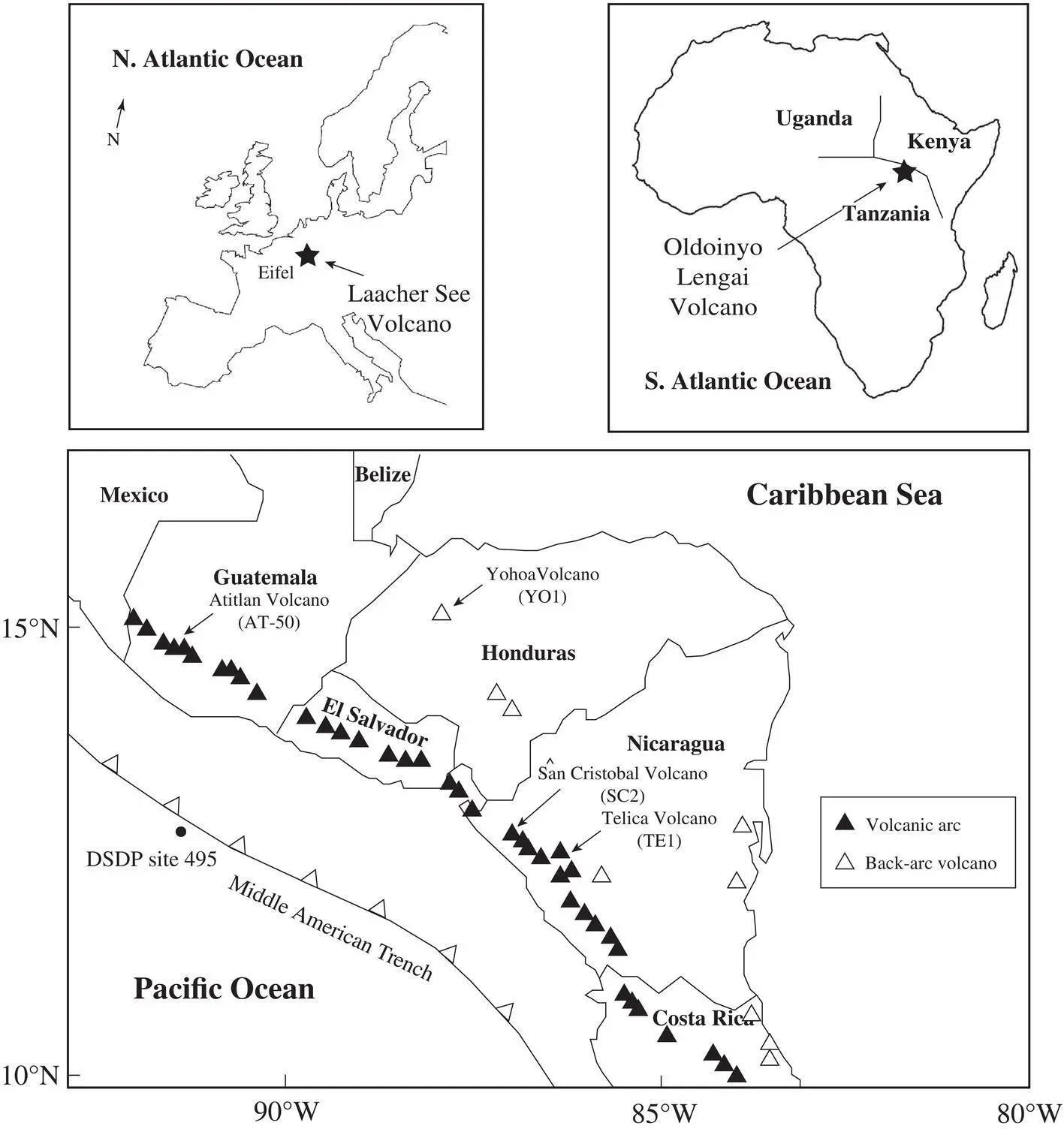
Figure 3.1 Maps of Central America, Eastern Africa, and Europe showing location of the studied samples. The location of the DSDP Site 495, off the coast of Guatemala, is also indicated
(Central American map modified from Patino et al., 2000).
Two fresh carbonatite lavas, collected immediately after eruptions in 2007 and 2008 from Oldoinyo Lengai volcano, Tanzania, were also selected for this study. Oldoinyo Lengai is located on the eastern branch of the East African Rift Valley and is the only modern extrusive carbonatite locality ( Fig. 3.1). The sample from 2007 (OL lava 2007) is representative of the large volumes of rare, relatively Na‐rich (natro‐) carbonatite lavas extruded until August 2007. The younger lava (OL lava 4‐7‐08) was extruded at a time when Oldoinyo Lengai was erupting more silicic ashes (Fischer et al., 2009). Both samples were provided to me by T. Fisher.
The final sample was a clast of intrusive carbonatite from the Laacher See volcano, Germany. Laacher See volcano is located in the Late Pleistocene East Eifel Volcanic Field that is part of a series of intra‐plate volcanic fields in Central Europe ( Fig. 3.1). The carbonatitic ejecta clast was extruded ~12.9 ka as part of the most recent episode of highly alkalic and silica‐undersaturated magmas (Schmitt et al., 2010; references therein). The material analyzed comes from a rounded nearly 100% sövite domain (~cm in size) associated with coarse‐grained calcite. The sample was provided by A. Schmitt who conducted an accessory mineral uranium‐series dating study to address the magmatic longevity of the most recent period of subvolcanic magmatism (Schmitt et al., 2010).
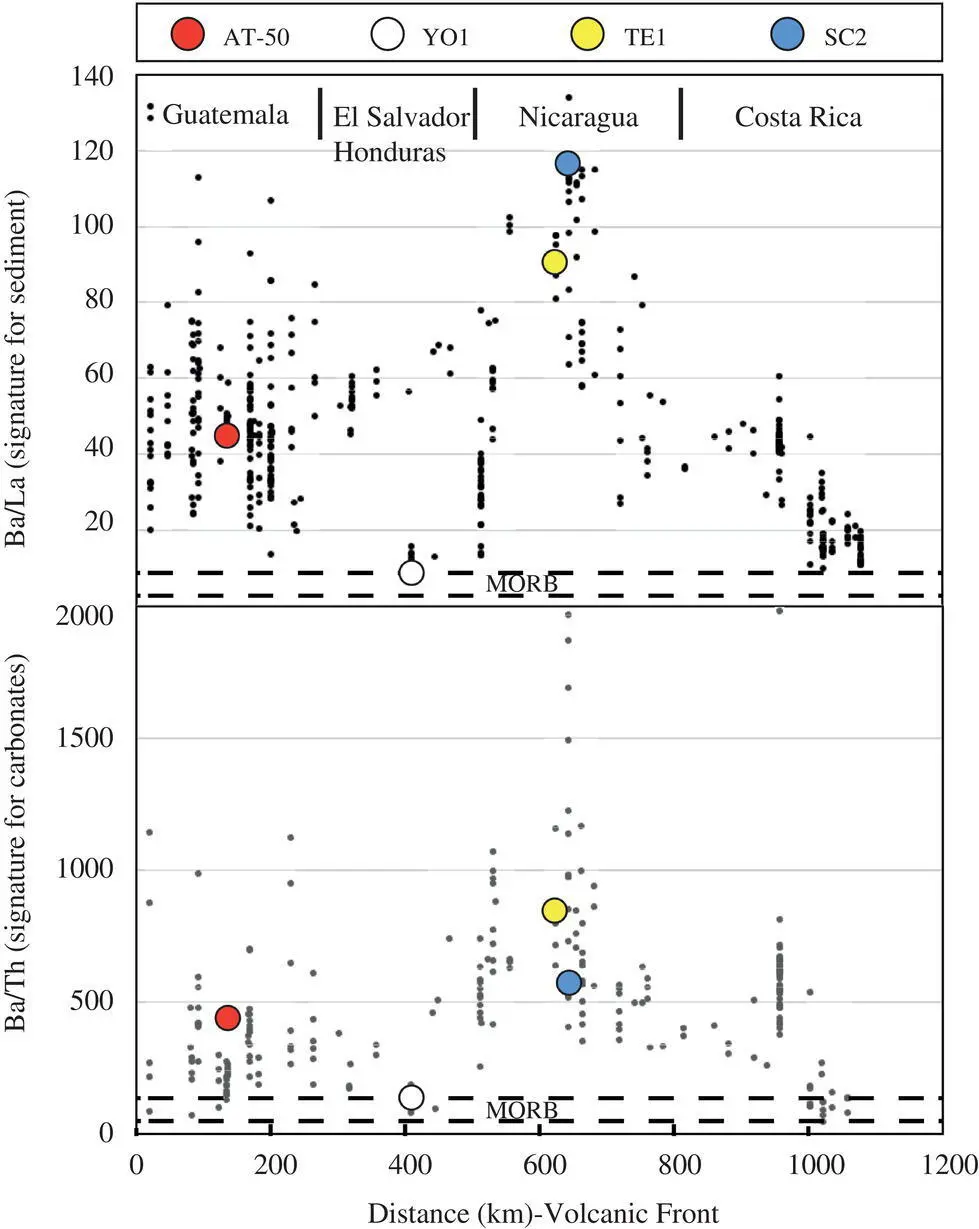
Figure 3.2 Regional variations in trace element ratios along the Central American volcanic arc. MORB‐like Ba/La and Ba/Th values occur in Honduras volcanoes whereas maximum values, believed to be tracers of hemipelagic sediment and marine carbonate, respectively, occur in western Nicaraguan volcanoes
(data from Patino et al., 1997, 2000).
3.3. RESULTS
All but one of the studied samples have δ 44Ca values that are similar to the “normal” BSE composition (~0‰); see Fig. 3.3and Table 3.1. Their calcium isotopic compositions are similar to the compositions of clinopyroxene‐rich and/or unmelted and unmetasomatized peridotites (Huang et al., 2010; Kang et al., 2017; Simon & DePaolo, 2010) and well‐studied oceanic and continental basalts, e.g., Bermingham et al. (2018), Huang et al. (2011), Simon and DePaolo (2010), and Simon et al. (2017), Table 3.1. Honduran sample YO‐1, which has MORB‐like Sr and Nd isotope and LILE/HFSE trace element ratios, exhibits a δ 44Ca (–0.16 ± 0.14‰ [2σ]) that is similar to the samples from Nicaragua, TE1 (δ 44Ca = –0.12 ± 0.14‰ [2σ]) and SC2 (δ 44Ca = 0.06 ± 0.05‰ [2σ]) that have the most obvious trace element and radiogenic isotope signatures for sediment subduction ( Fig. 3.4; Carr et al., 1990; Patino et al., 2000). The final Central American arc sample from Guatemala exhibits a similar calcium isotopic composition (δ 44Ca = –0.08 ± 0.14‰ [2σ]). Likewise, both fresh Oldoinyo Lengai carbonatites OL lava 2007 (δ 44Ca –0.13 ± 0.14‰ [2σ]) and OL Lava 4‐7‐08 (δ 44Ca = 0.05 ± 0.13‰ [2σ]) have calcium isotope compositions that are similar to BSE. The exception in this study is the clast of intrusive carbonatite from the Laacher See volcano. The carbonatitic ejecta clast has a value that is lighter than BSE (δ 44Ca = –0.39 ± 0.14‰ [2σ]).

Figure 3.3 Calcium isotopic composition of Central American volcanic arc magmas (this study), extrusive Oldoinyo Lengai carbonatite lavas (this study), and intrusive Laacher See carbonatite clast (this study). Values for unmelted/unmetamorphosed peridotites, komatiites, terrestrial basalts, seawater, marine carbonates, SRM915a carbonate, and the effect of metasomatism shown for reference (Amsellem et al., 2019; Antonelli et al. 2019a; Bermingham et al., 2018; Fantle & DePaolo, 2005; Huang et al., 2010, 2011; Ionov et al., 2019; Kang et al., 2017; Simon & DePaolo, 2010; Simon et al., 2017). Not shown are the Precambrian carbonate data of Blattler and Higgins (2017) that exhibit an average δ 44Ca that is indistinguishable from BSE calcium isotope composition.
3.4. DISCUSSION
3.4.1. Calcium Isotopic Record of Marine Carbonates
Calcium isotope measurements of carbonates are generally light by up to several per mil (De La Rocha & DePaolo, 2000; DePaolo, 2004; Fantle & DePaolo, 2005; Farkas et al., 2007; Griffith et al., 2008; Heuser et al., 2005; Kasemann et al., 2005; Watkins et al., 2017; Zhu & MacDougall, 1998) when compared to unmelted/non‐metasomatized peridotites (Kang et al., 2017), komatiites (Amsellem et al., 2019), and most igneous rocks (e.g., Antonelli & Simon, 2020; Chen et al. 2019; Schiller et al., 2016; Simon & DePaolo, 2010), as shown in Fig. 3.3. It is possible that the marine carbonate record may have evolved over time towards higher δ 44Ca values (Farkas et al., 2007). The notion that marine carbonates had light calcium isotope in the distant past has been challenged recently by Blattler and Higgins (2017), who report that, on average, Precambrian carbonates (n=505) are indistinguishable from BSE (± 0.24‰). All carbonate sediments undergo an extended diagenetic evolution after deposition. However, the effects of recrystallization involving pore fluids on the calcium isotopic composition in modern carbonates are minor compared to the magnitude of their light calcium isotope compositions (Fantle & DePaolo, 2005; 2007). Whether Precambrian carbonates were deposited with light calcium isotope compositions and subsequently modified to heavy calcium isotope compositions remains to be seen, but some modification might be expected due to isotopic exchange with heavy seawater and/or relatively heavy Ca‐bearing fluids derived from a silicate mantle or crustal reservoir (i.e., John et al., 2012). Nevertheless, detailed work of Fantle and DePaolo (2005) and Griffith et al. (2008), followed up by the compilation of data from over 70 studies included in Fantle and Tipper (2014), shows that over at least the last ~20–30 Ma there has been a significant difference between “lighter” carbonate and “normal” silicate calcium reservoirs.
Читать дальшеИнтервал:
Закладка:
Похожие книги на «Isotopic Constraints on Earth System Processes»
Представляем Вашему вниманию похожие книги на «Isotopic Constraints on Earth System Processes» списком для выбора. Мы отобрали схожую по названию и смыслу литературу в надежде предоставить читателям больше вариантов отыскать новые, интересные, ещё непрочитанные произведения.
Обсуждение, отзывы о книге «Isotopic Constraints on Earth System Processes» и просто собственные мнения читателей. Оставьте ваши комментарии, напишите, что Вы думаете о произведении, его смысле или главных героях. Укажите что конкретно понравилось, а что нет, и почему Вы так считаете.




